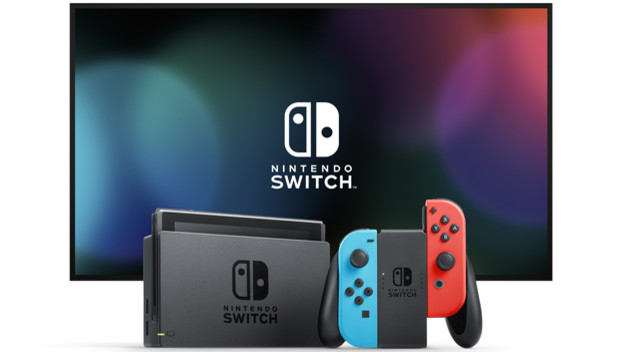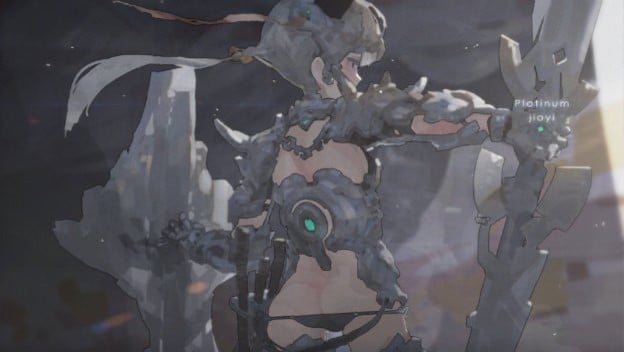The Nintendo Switch is yet again a source of controversy. This time, it has to do with a Japanese, story-based rhythm game by the name of VOEZ that has been announced for the console. Previously exclusive to mobile phones, VOEZ is entirely touch-based. As such, it has crossed the inevitable boundary of being the first Switch game to be unplayable in TV Mode. This (not really) shocking revelation has the Internet in full-on Discourse Mode, and I am more than happy to fire up the Take Machine and declare this a non-issue.
This is the same cycle every new piece of gaming hardware goes through. The thing is announced, and is introduced with a suite of neat, albeit gimmicky features. Games at launch support as many features as possible, as likely mandated by the hardware publisher. Then, eventually, one game or another rolls around and is missing… something. In the eyes of Internet commentators, the hardware is immediately invalidated for not forcing a gyroscope or something upon every single piece of software.
Remember the DS? It took a while to warm up and then exploded, particularly in the Japanese RPG space. Some of those games used the touch screen a bit for navigating menus or what have you, but just as many simply used the buttons and nothing else. The DS was still awesome and still had a cool touch screen, regardless of the games that didn’t use it. This is exactly the same case with the Nintendo Switch.
I’m going to hop onto a soap box for a moment and declare the Switch is Primarily A Handheld. Yes, the Switch is a handheld console. It is the successor to the 3DS, with the console lineage injecting its DNA. It is not the other way around. Just look at how the console is described. The piece branded as the Switch, full-stop, is the tablet. That, specifically that, is the Switch. Everything else is parts and accessories. The Dock is a separate device that shoots the Switch’s signal to a TV and triggers a boost in resolution. You can buy a second or third Dock and move your Switch around to different displays in your house, if you want. The Switch may have a touch screen, but that’s standard now for mobile devices. The Dock is the Switch’s “touch screen,” if you will.
This means there will undoubtedly be other games like VOEZ , possibly other ports of cool mobile games, that don’t bother implementing button controls. These games will no doubt be labeled as such and be just fine without the docking functionality. There are plenty of rhythm games that do let the player choose between the screen or buttons, sure. But a game like VOEZ is designed, at its core, around this specific style of play. To force the creators to bend their game to hardware gimmicks would compromise their vision, and that’s significantly more troubling than a missing checkbox tick.

Now, there are people who are predominantly opposed to or disinterested in handheld gaming. People who specifically want the experience of sitting on their couches and playing games on their giant TVs. These people may pick up a Switch and leave it docked forever. Could something like a VOEZ turn them off of the Switch? Perhaps. However, people pay games on multi-touch mobile devices all the time. The more casual appeal of being able to even put the Joy-Cons down to play a game could be a hit with an audience that hasn’t found anything for them so far in this generation.
Just like VOEZ doesn’t support the Dock, some games might come out and only support a limited number of control options or possibly even, but much less likely, only work in TV Mode. The point of a multi-feature console is not for developers to be forced to toss everything in each project, but to give them several options to pick and choose from to fit their visions.
